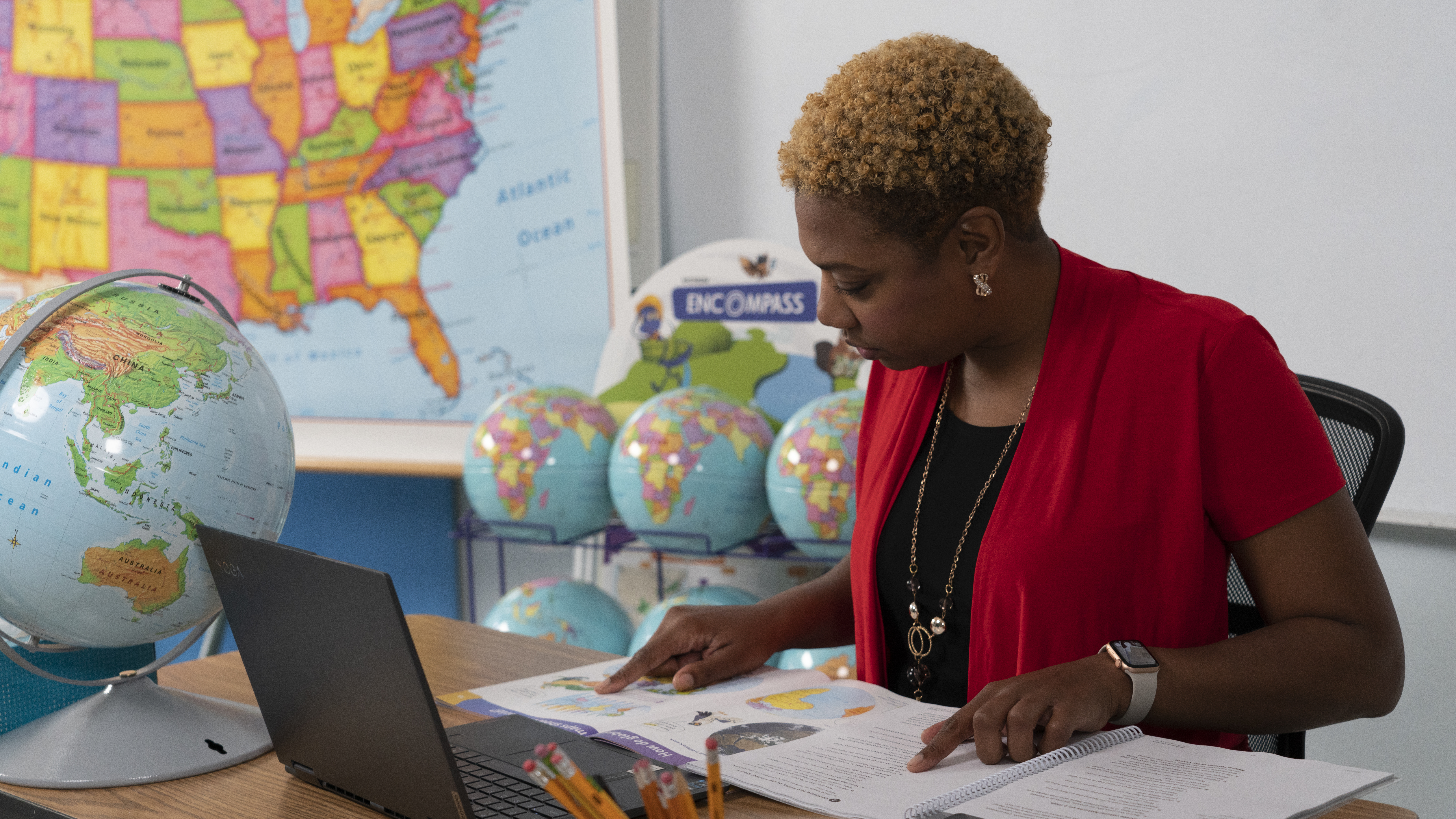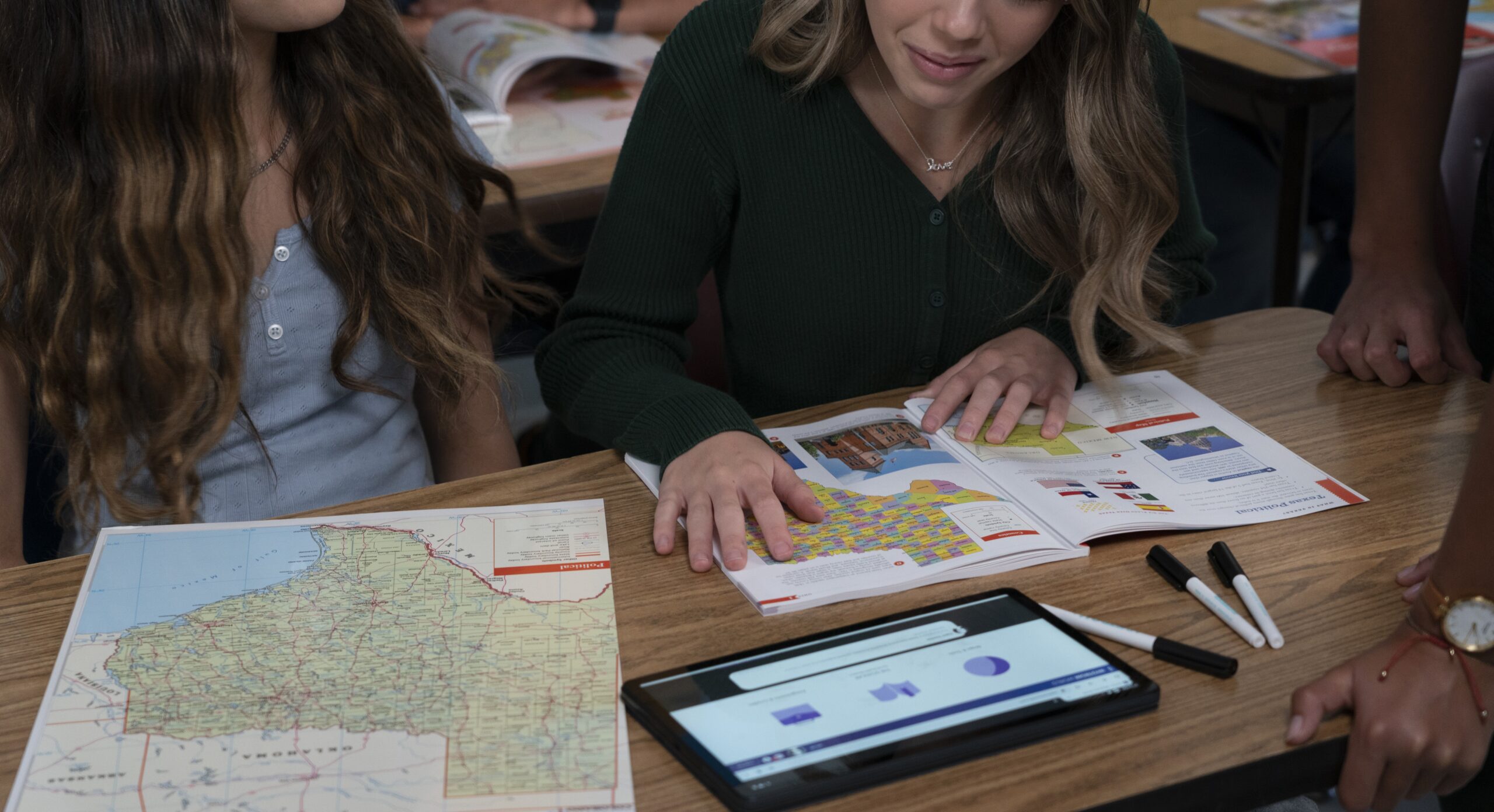
The first week of school sets the tone for the rest of the year—and in social studies, it’s a golden opportunity to ignite curiosity and model the critical thinking you’ll expect from students all year long. Rather than diving straight into textbooks, consider opening with inquiry-based activities that spark discussion, build classroom community, and help students see themselves as historians, geographers, political thinkers, and global citizens.
Here are five engaging, inquiry-driven activities perfect for the first week of your social studies classroom:
1. “What Is History?” Artifact Mystery Bags
Objective: Help students think like historians by analyzing “artifacts” to infer meaning and context.
How it works:
Prepare small bags (paper lunch sacks work well) each containing 3–5 random objects that represent a fictional person’s life. For example, a set might include a coffee sleeve, a dog collar, a travel brochure, and a receipt from a bookstore. Students work in small groups to investigate the items and construct a short biography of the “person” they think owned them.
Why it works:
This activity mirrors the work of historians—piecing together stories from limited sources—and leads naturally into a discussion about the limitations of evidence and bias in historical interpretation.
Optional reflection questions:
-
What assumptions did we make?
-
How would more evidence change our interpretation?
-
How does this apply to studying real historical figures?

2. “Map the Bias” Geography Activity
Objective: Introduce geographic thinking by analyzing how maps influence perspective and power. Check out our previous blog about map bias as a starting-off point! Read here.
How it works:
Display different versions of world maps (e.g., Mercator vs. Gall-Peters projection). Ask students:
-
What do you notice?
-
What’s different about how countries appear?
-
What messages might these maps send?
Extension: Have students research how maps have been used for political or ideological purposes in different time periods.
Why it works:
This activity hooks students with visuals and leads directly into discussions about colonialism, globalization, power structures, and representation—key themes across world and U.S. history.
3. “Whose Story Gets Told?” Image Sorting Discussion
Objective: Promote inquiry into perspective, representation, and historical narrative. For an easy digital option to complete this activity, try a free 30-day trial of Active Classroom.
How it works:
Show students a set of historical images (portraits, photographs, propaganda, etc.) from various cultures, time periods, and identities. Ask students to sort them by different criteria: time period, perceived importance, familiarity, etc. Then pose questions like:
-
Which people or events seem to be emphasized more than others?
-
Why do some stories get more attention in history books?
Why it works:
This encourages students to think about whose voices are included or excluded from the historical narrative and introduces the concept of perspective—an essential part of social studies inquiry.
Pro tip: Make this a jumping-off point for your class norms around diverse perspectives and respectful discussion.

4. “Stand Up if You Agree” Values & Civics Warm-Up
Objective: Encourage civic dialogue and introduce political philosophy themes through student beliefs.
How it works:
Pose open-ended, thought-provoking statements and have students stand if they agree. Examples:
-
“People should always follow the law, no matter what.”
-
“The government should make decisions for the common good, even if individuals disagree.”
-
“One person can make a big difference in the world.”
After each, invite respectful discussion on why students agree or disagree.
Why it works:
This creates a low-risk environment to express opinions, reflect on personal values, and see how social studies connects to real-life civic identity. It’s also a great way to preview units on government, rights, and citizenship.

5. “Big Questions Wall” for Ongoing Inquiry
Objective: Cultivate curiosity and establish a culture of questioning from Day 1.
How it works:
Give each student a sticky note or index card and ask:
-
What’s one question you’ve always had about history, geography, culture, or government?
-
What confuses or interests you about the world?
Post their questions on a designated bulletin board or wall, grouped by theme. Throughout the year, return to these “big questions” during transitions, project launches, or end-of-unit reflections.
Why it works:
Students take ownership of their learning when they see their questions matter. You also gain insight into their interests and misconceptions, helping guide future lessons.
Inquiry-based learning doesn’t have to wait for a big project or unit launch. The first week is the perfect time to show students that social studies is about more than memorizing names and dates—it’s about asking questions, thinking critically, and understanding the world around us. Try a few of these activities, and you’ll not only set the stage for meaningful learning, but you’ll also spark the curiosity that fuels great social studies classrooms all year long.
Want digital activities that build key geographic literacy skills?
Try a free 30-day trial of Nystrom World today
DISCOVER NOW
This listicle was written as a collaborative effort by the team at Social Studies School Service. It has been edited for clarity and length.